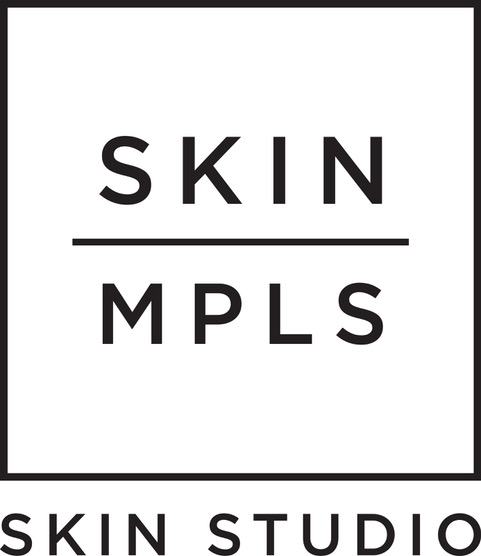That Don't Impress Me Much
Acne treatments old and new that we are underwhelmed by, to say the least
Unlike a very impressive Shania Twain, these acne "treatments" might have the look, but they certainly don't have the touch it takes to clear your skin. Some are new and trendy, while some refuse to be retired. Have you been guilty of falling for any of these and found that they just left you hanging?
Beef Tallow: If you want to get more collagen or protein in your body, sure, try eating some. But please don't put this greasy mess on your face unless you are trying to clog your pores! Instead, try an acne-safe moisturizer made for your face!
Pimple Patches: There's a reason they come in packs of 30+. Pimple patches will only continue the cycle of breakouts by keeping you from using your exfoliating products and also creating red marks around old lesions, whereas the ingredient sulfur actually reduces redness and shortens the life of a pimple. If you are re-upping pimple patches often, it's time for a new approach! Try a clear-drying sulfur clay treatment or, if you are a picker, opt for the Sulfur Clay Mask to help you keep your hands off.
Antibiotics: This method was outdated in the 50s when Vivant Skincare Founder Dr. Fulton was unsuccessfully prescribed endless rounds of antibiotics for his severe acne. Nothing worked until he co-developed Retin-A and then engineered his own line of active ingredients to treat acne long-term and sustainably, without the side effects. Do your face and your gut a favor, and skip the oral antibiotics. We know it's tempting when you are desperate, but there is no less sustainable acne treatment than these!
Tretinoin Cream: This is one of the first lines of defense when you go to the dermatologist. There are a few oversights about prescription retinoids, though. First, and most importantly, fatty wax pore-cloggers can be in the formulation thatwill undo the good of the active itself. Second, they can be too strong for most people, so they will just fry your skin and cause more inflammation. Third, there's often no education that comes with the 'script, so patients are unsure what to use alongside it or how to acclimate. You need a prescription for tretinoin because it is so strong it causes fast changes in the skin -- and that's not always a good thing. Now, there are many more sustainable retinoids available on the market.
Accutane: This drug can help with acne as a last stop but is far too often given up at the first dermatologist appointment. Acctuane shuts down your skin's sebum (oil) production -- no oil, no pimples. However, no oil means painful, chronically chapped, and dry skin while on the medication. There is, of course, a long list of dangerous side effects. Also, Accutane will not prevent acne from coming back after you are off the medication. There are kinder and more effective ways to treat your acne, and for so many more reasons, we are not impressed with how commonly Accutane is used to treat acne.
Breast Milk: If you want to put breast milk on your own baby as a cure-all, go for it. However, don't bother using it on your acne. Acne is a genetic predisposition that starts deep within the pore and needs a lot more attention and treatment than a little breastmilk. Also, be skeptical of products that use similar "acne-fighting ingredients" or other oral products like colostrum.
Turmeric: We've seen patients stained orange and still breaking out here. Our skin needs products that are formulated to penetrate the skin's barrier. Putting single ingredients on our skin that are supposed to be eaten (not used topically) won't get very far and aren't good for the skin biome balance. Instead, you can use a properly formulated serum that harvests some of the benefits of turmeric in it!
